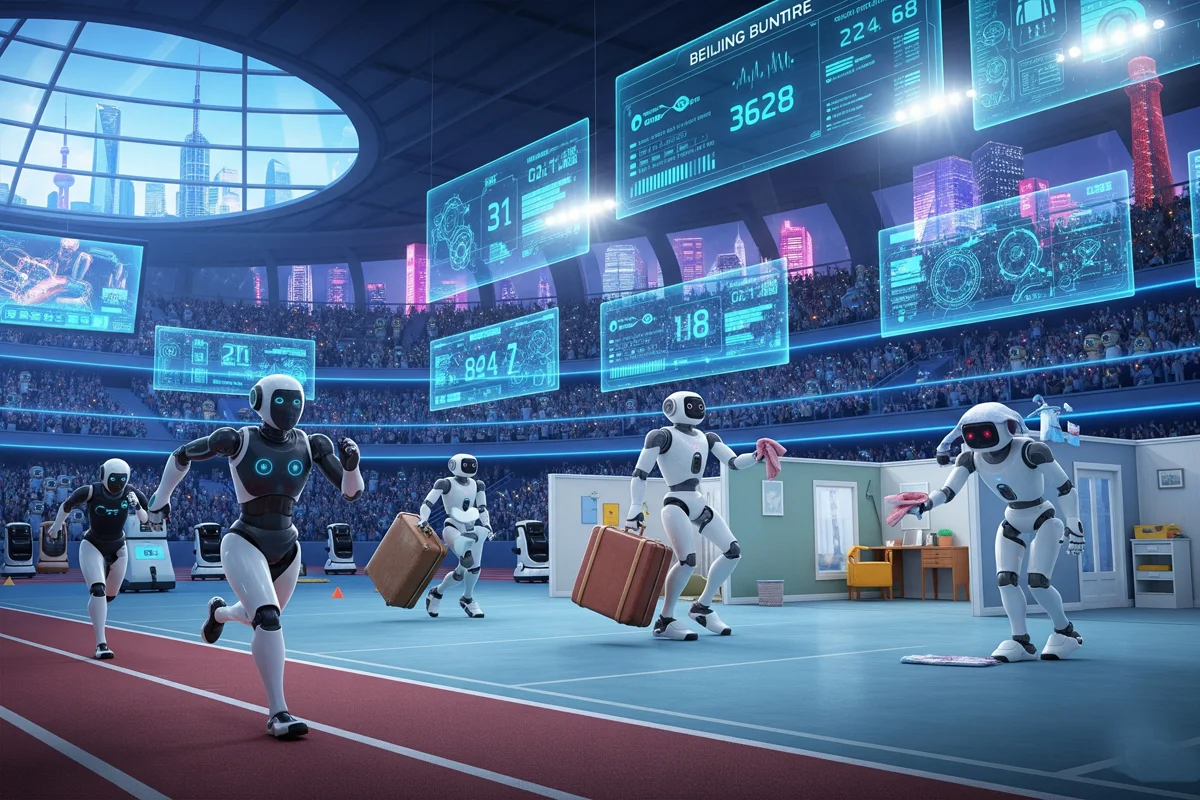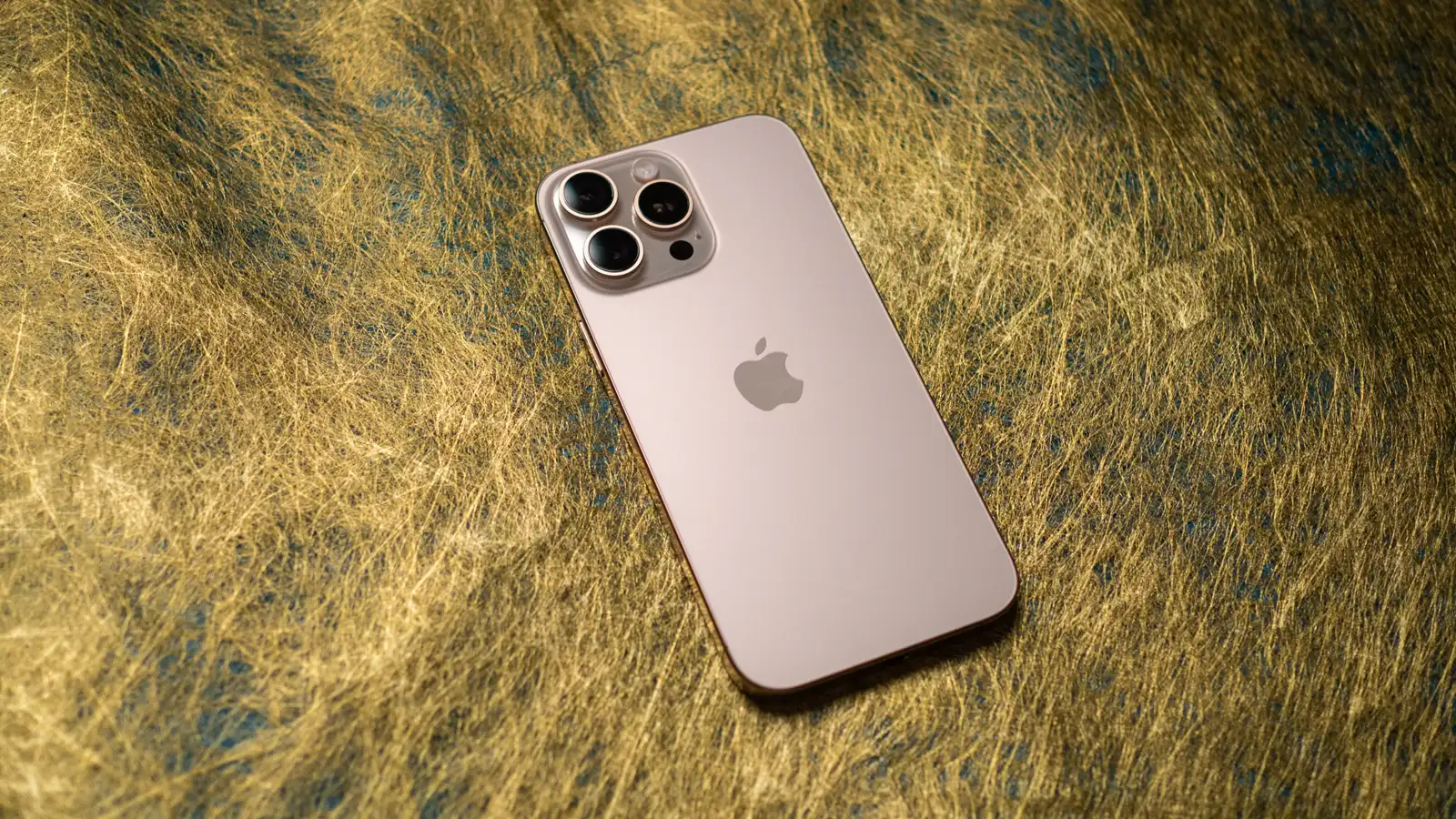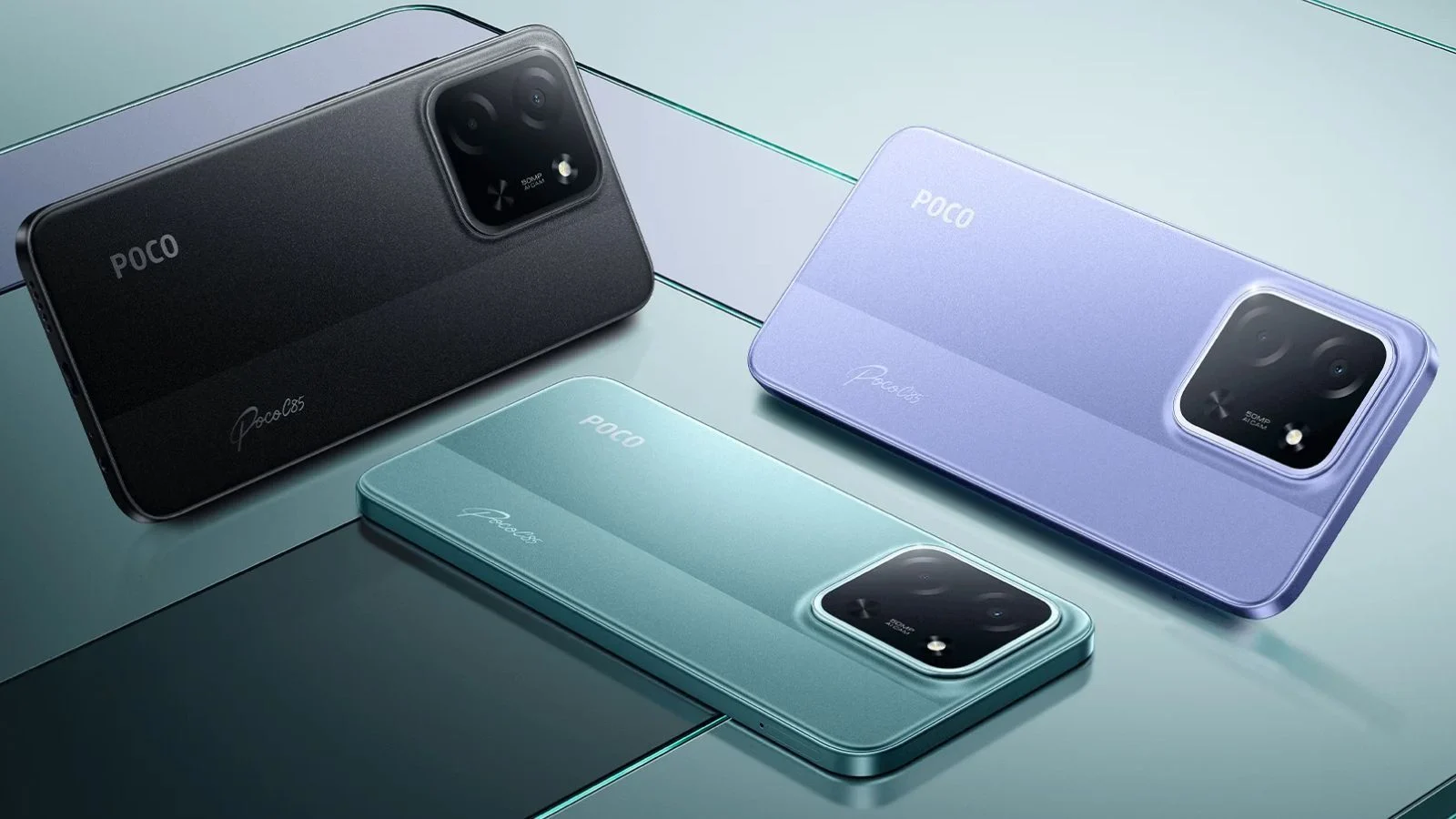Humanoid Robots showcase in Beijing grabs global attention
The technology world is witnessing new innovations every day, and now the focus has shifted to Humanoid Robots. Beijing recently hosted a grand event called World Humanoid Robot Games. More than 500 robots participated here and showcased their capabilities – from sports to household chores. But what came to light was that these robots are doing great in entertainment and showmanship, but when it comes to real-world menial tasks, their efficiency does not seem very promising.
China’s vision for Humanoid Robots by 2027
China has openly announced that its goal is to become the world leader in the field of Humanoid Robots by 2027. This vision is not just a technology dream but has become a national priority. China is aggressively adopting Artificial Intelligence (AI), robotics, and automation so that it can establish dominance in the global market.
But this Olympic-style robot event in Beijing also gave a reality check – robots are still struggling in tasks like basic household or hotel chores.
The reality check: Struggles in basic chores
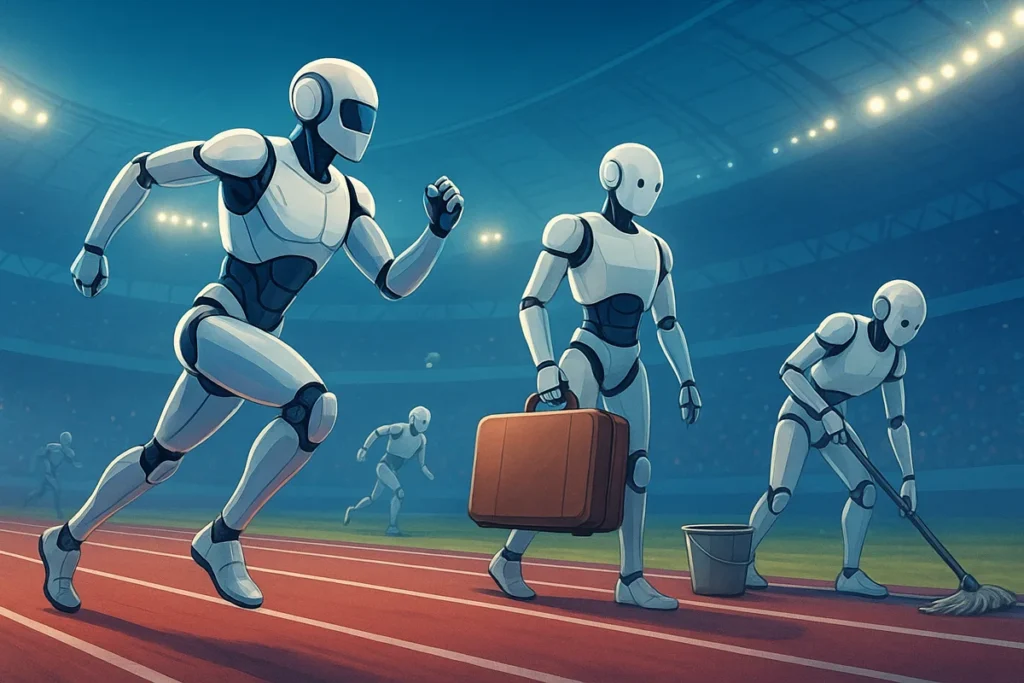
At the event, many robots were tested on simple tasks – like lifting boxes, delivering luggage, or cleaning the room. At times, some robots showed impressive speed and agility, but the majority of robots were clumsy and inconsistent.
For example, a hotel bellhop-style robot was designed to deliver luggage to guests, but it was repeatedly missing its route and running intermittently. Cleaning robots also failed to clean the floor properly.
One thing became clear here – Humanoid Robots are interesting for entertainment, but not ready for real-life daily chores.
Why Humanoid Robots are struggling in real tasks?
According to Robotics experts, the main challenge is real-world unpredictability. Machines and algorithms are trained in a controlled environment, but when they are deployed in a hotel, office or home, they have to deal with dynamic situations.
- If a box is a little uneven, the robot cannot handle it.
- If the furniture in the room shifts, the navigation system fails.
- Battery and power management are also still a big concern.
These challenges show that technology still needs to evolve further for Humanoid Robots.
Humanoid Robots in sports vs real life
The sports category entertained the audience a lot at the event. The robots demonstrated running, jumping and basic athletic moves, in which their agility and programming looked impressive. But when these robots were made a hotel bellhop or room cleaner, they repeatedly stopped or went in the wrong direction.
This contrast gives an important message – robots are still shining in entertainment, but fulfilling everyday human needs is still a big challenge for them.
China’s global race in Humanoid Robots
For China, robotics is not just a domestic experiment, but an international race. Japan, South Korea and the US are also far ahead in the field of Humanoid Robots. Companies like Boston Dynamics are already globally famous for their advanced robots.
For China, becoming a world leader by 2027 is a big challenge, as they will have to develop not just entertainment robots, but practical, reliable and scalable humanoid robots that can work in hotels, factories and households.
Future of Humanoid Robots: Possibilities and Challenges
If this technology evolves properly, imagine a world where:
- A robot in your home handles daily chores.
- Bellhops in hotels manage guest luggage without a human.
- Robots in hospitals assist patients.
All this is possible, but only when the clumsiness and inconsistency of robots is overcome. Artificial Intelligence and Machine Learning will need to be further advanced so that robots can handle unpredictable situations.
Final Thoughts: Humanoid Robots need more than hype
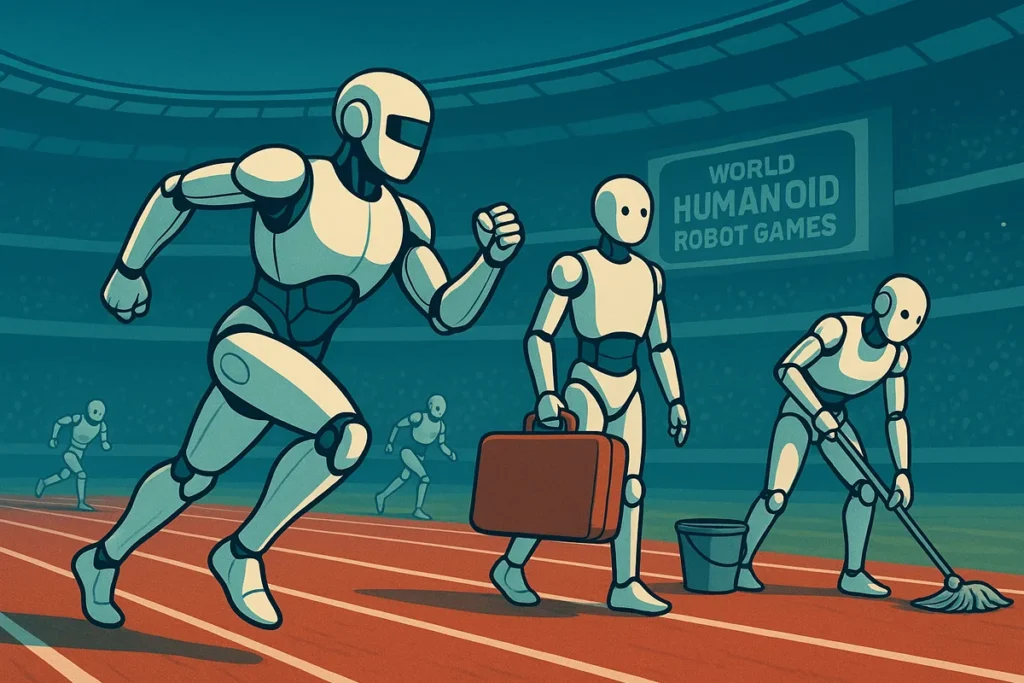
Beijing’s World Humanoid Robot Games are a reminder that the future is bright, but the ground reality is different for now. Humanoid Robots are still an entertainment and showpiece technology, not a full-fledged solution for daily chores.
China’s goal is to achieve leadership by 2027, and if it focuses on its R&D and practical applications, that’s possible. But in this race, it’s not just speed, reliability and real-world performance will matter most.
Disclaimer:
The information in this article is based on publicly available reports, events, and expert opinions. It is intended for educational and informational purposes only. We do not claim complete accuracy of technical details as robotics is a rapidly evolving field. Readers are advised to verify facts independently before drawing conclusions or making decisions. The views expressed are for general understanding and do not represent any official stance of companies, governments, or organizations mentioned.
Also Read
Sony Bravia Android TV 14 Update: 2020 Models Get Google TV Features & Enhanced UI
